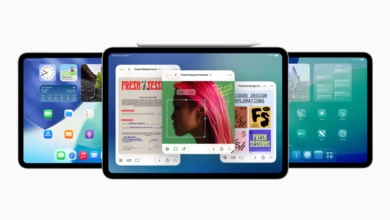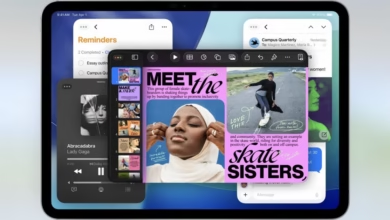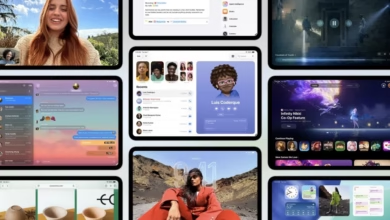iPadOS 26 Preview: Reviving Older iPads with New Features

▼ Summary
– Apple executives have consistently emphasized that Macs and iPads serve different purposes, even with the introduction of iPadOS 26’s new multitasking features.
– Apple’s insistence on keeping iPads distinct has limited their potential, such as delaying mouse support and offering constrained multitasking options.
– The iPad’s touch-first interface requires a unique design that works with both touch and keyboard/mouse inputs, making direct macOS adaptations impractical.
– While differentiation is valuable, rejecting proven UI elements like traditional windowed multitasking solely for uniqueness can hinder usability.
– iPadOS 26’s public beta introduces a more flexible multitasking system, borrowing sensible macOS ideas while building on Stage Manager’s foundation.
Apple’s iPadOS 26 update brings a fresh approach to multitasking, blending the best of iPad simplicity with Mac-like functionality to breathe new life into older devices. This latest iteration marks a shift in how Apple balances the iPad’s unique touch-first design with the productivity demands of its users. While the company has long emphasized the differences between iPads and Macs, iPadOS 26 suggests a more pragmatic approach, borrowing familiar concepts when they enhance the experience without sacrificing what makes the iPad distinct.
For years, Apple resisted turning the iPad into a Mac clone, even as hardware capabilities expanded. Features like cursor support and multitasking arrived slowly, often with deliberate quirks to maintain separation. The rounded pointer, for instance, felt like a symbolic gesture, a way to say touch remained primary. Similarly, Stage Manager introduced window management but with constraints that frustrated power users.
iPadOS 26 changes the game by refining these ideas, making them more intuitive and flexible. The new multitasking system builds on Stage Manager’s foundation but removes many of its limitations. Windows can now be resized freely, arranged in overlapping layouts, and managed with fewer restrictions. It’s a nod to traditional desktop workflows while keeping the iPad’s touch-friendly DNA intact.
The update also optimizes performance for older iPads, ensuring devices from several generations back still run smoothly. This focus on longevity is a smart move, as many users hold onto their tablets for years. By extending support and adding meaningful upgrades, Apple gives older hardware a second wind without requiring a new purchase.
Critics might argue the iPad still isn’t a full Mac replacement, and that’s by design. Apple isn’t abandoning the iPad’s identity, it’s refining it. The balance between innovation and familiarity is tricky, but iPadOS 26 strikes it well. For users who’ve waited for a more versatile tablet experience, this update delivers without losing what made the iPad appealing in the first place.
(Source: Ars Technica)




